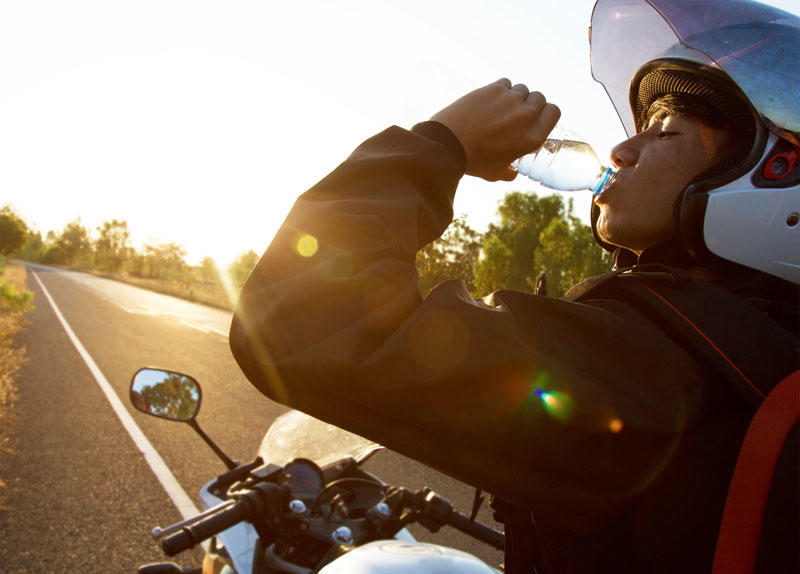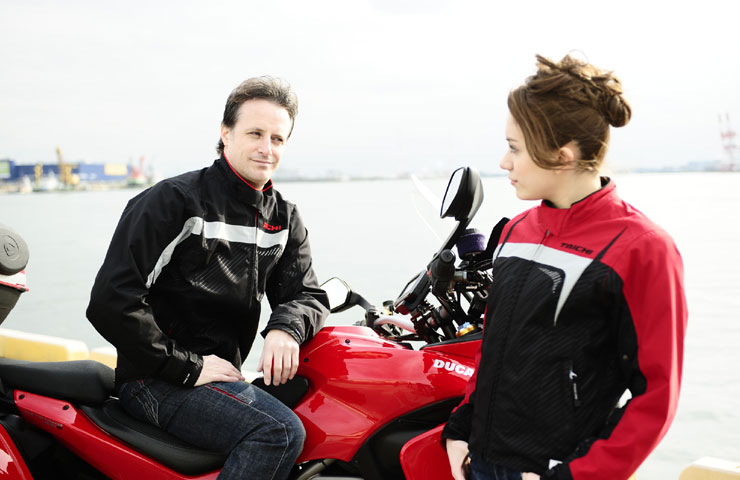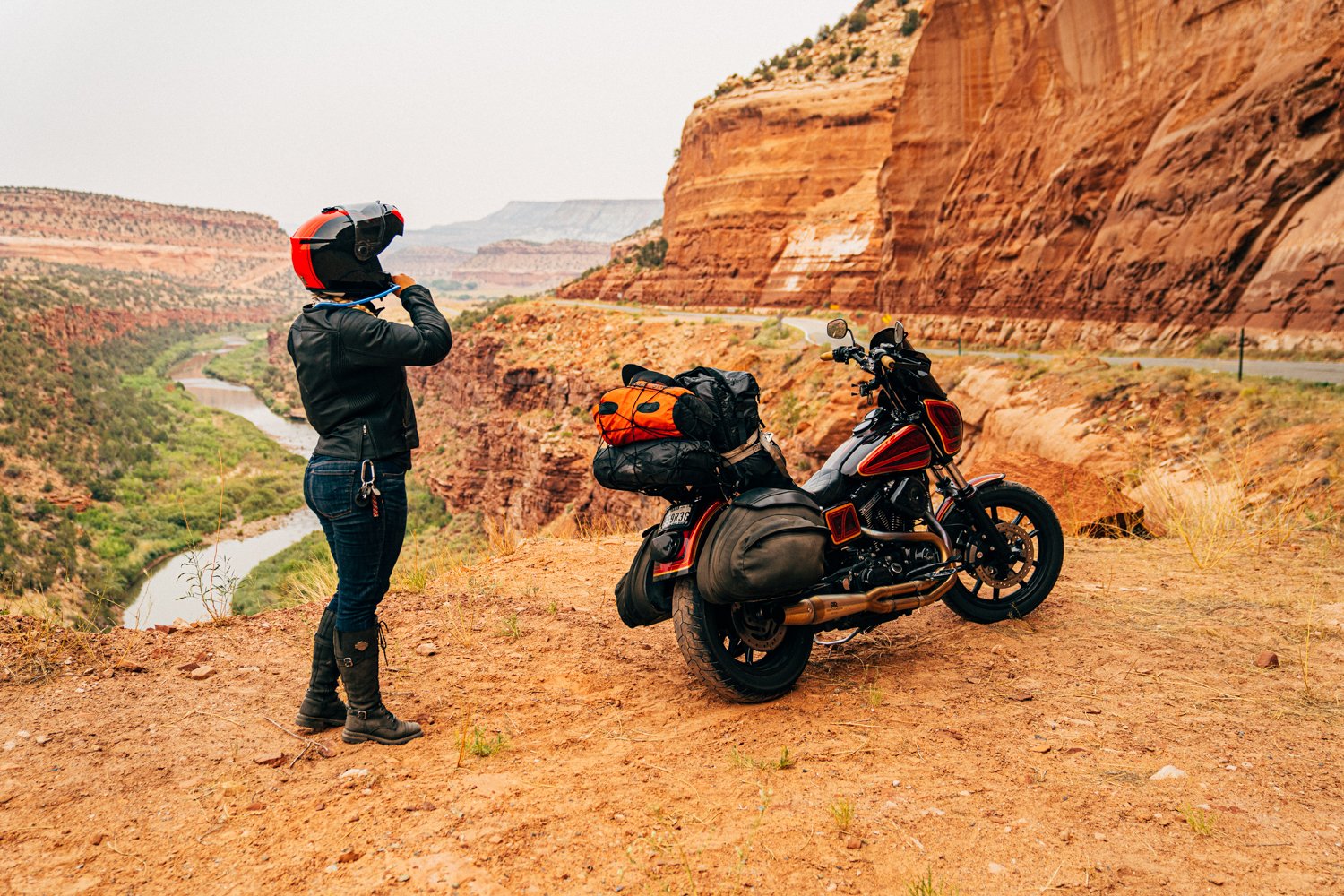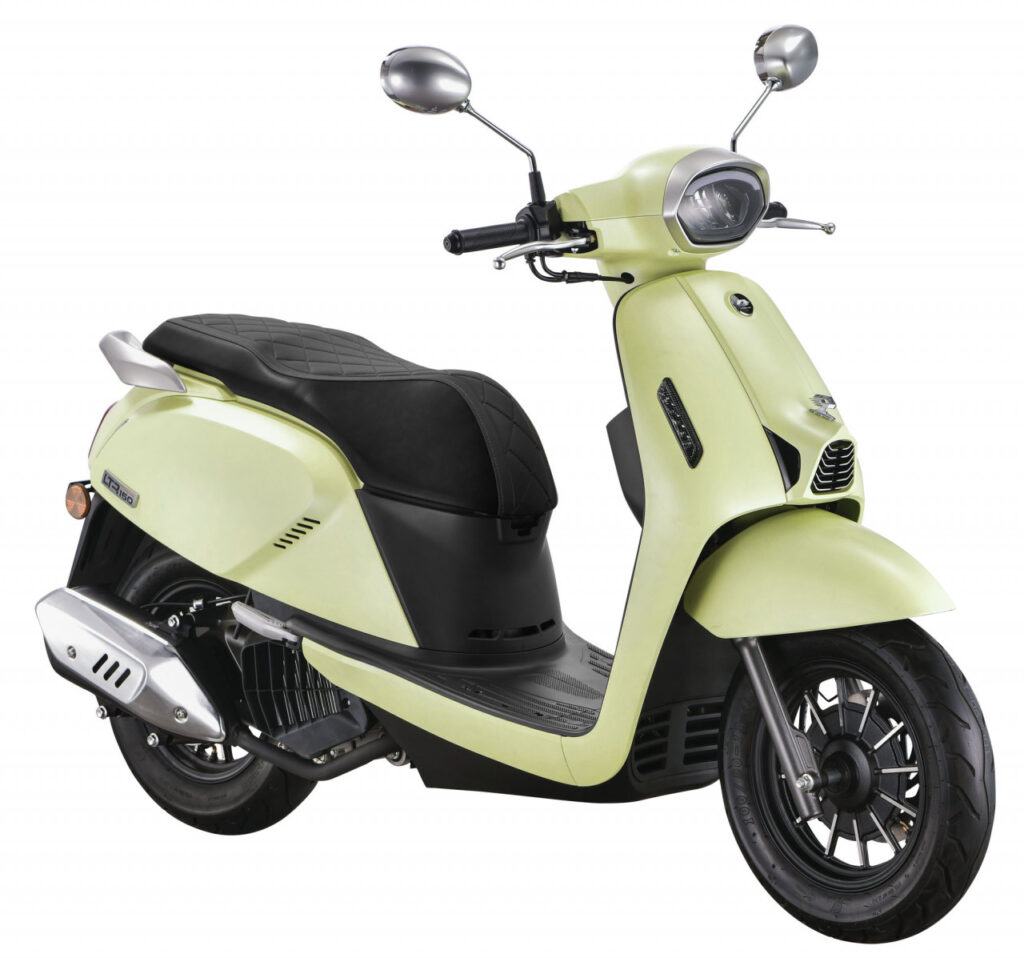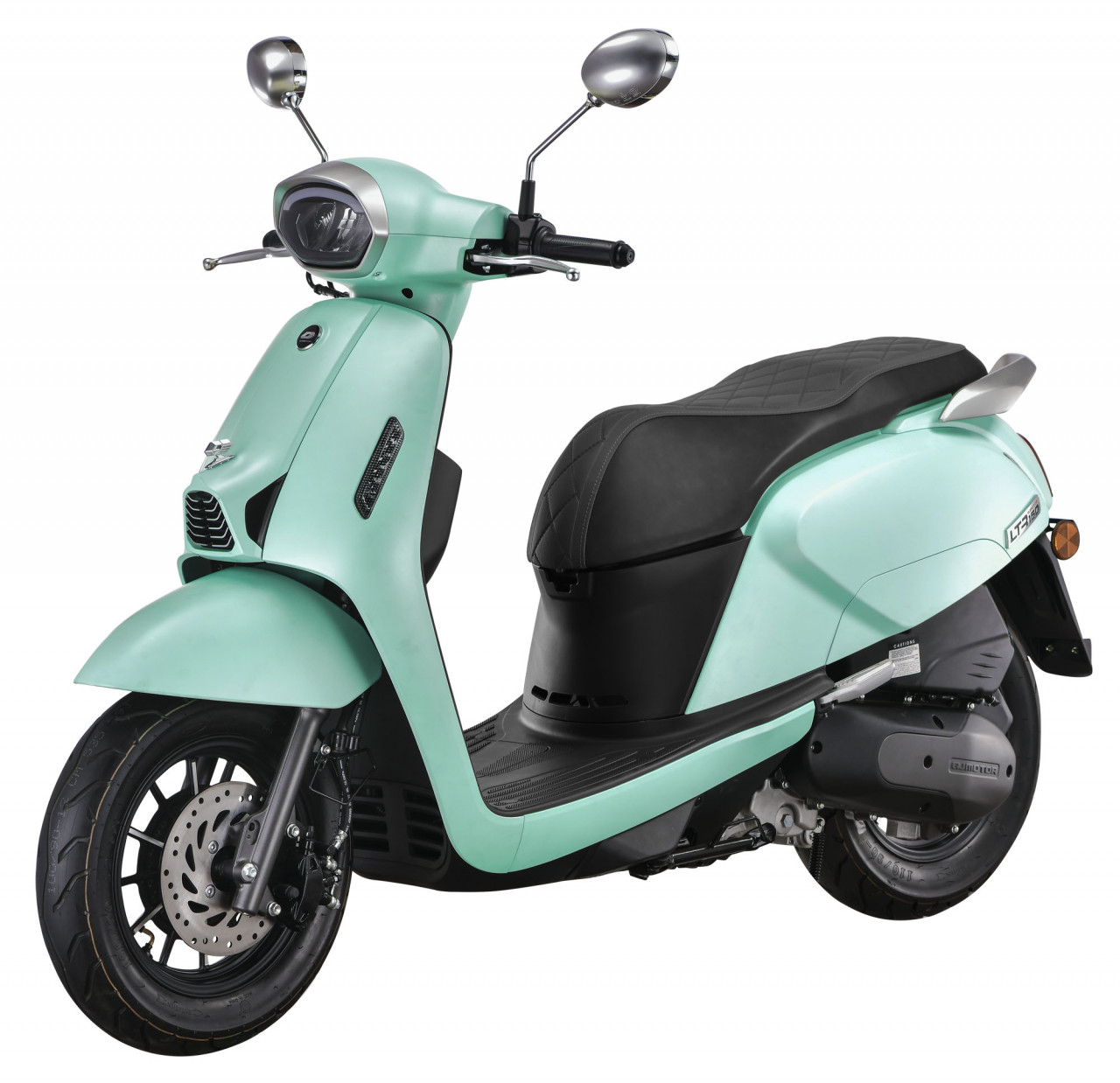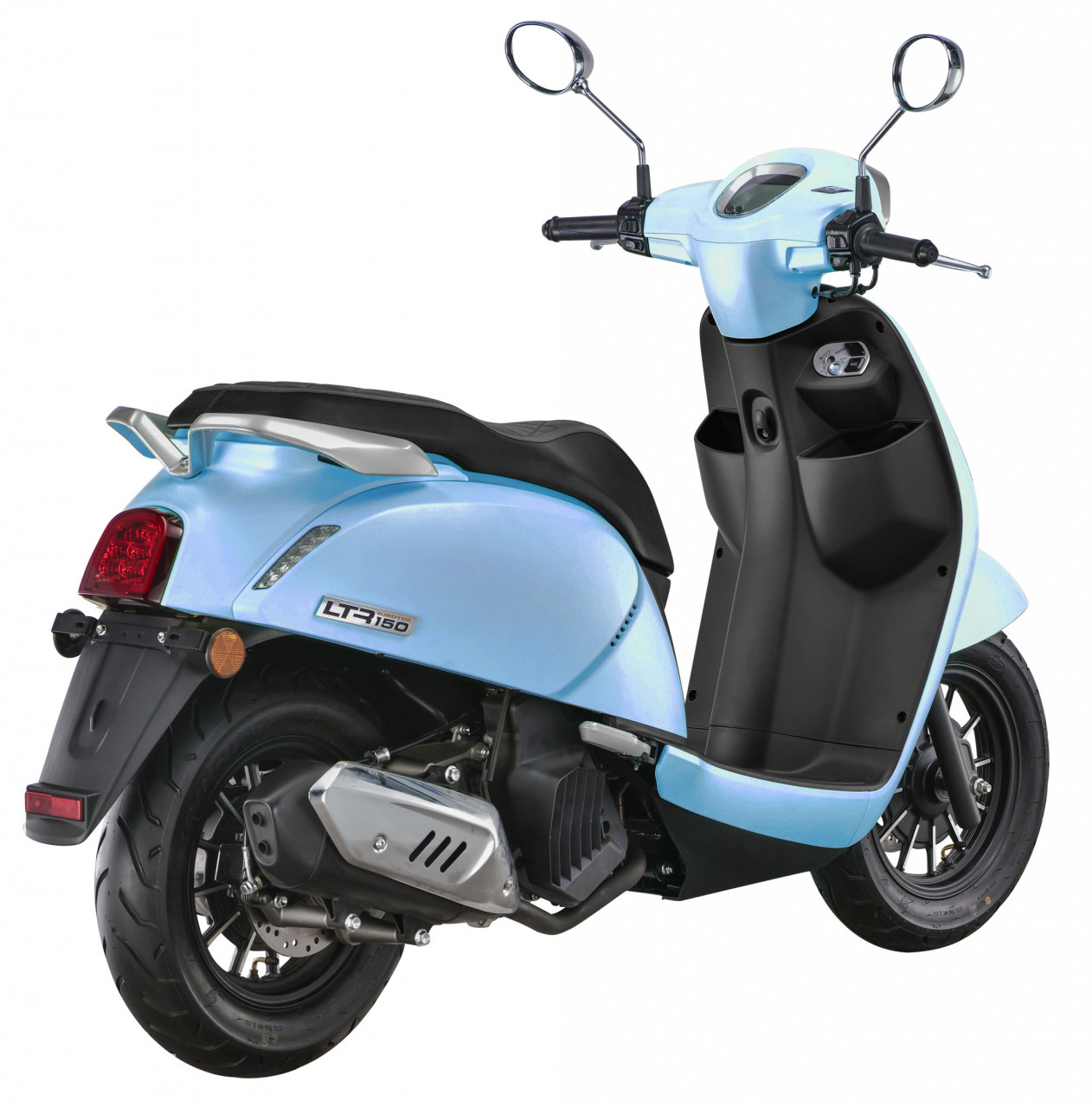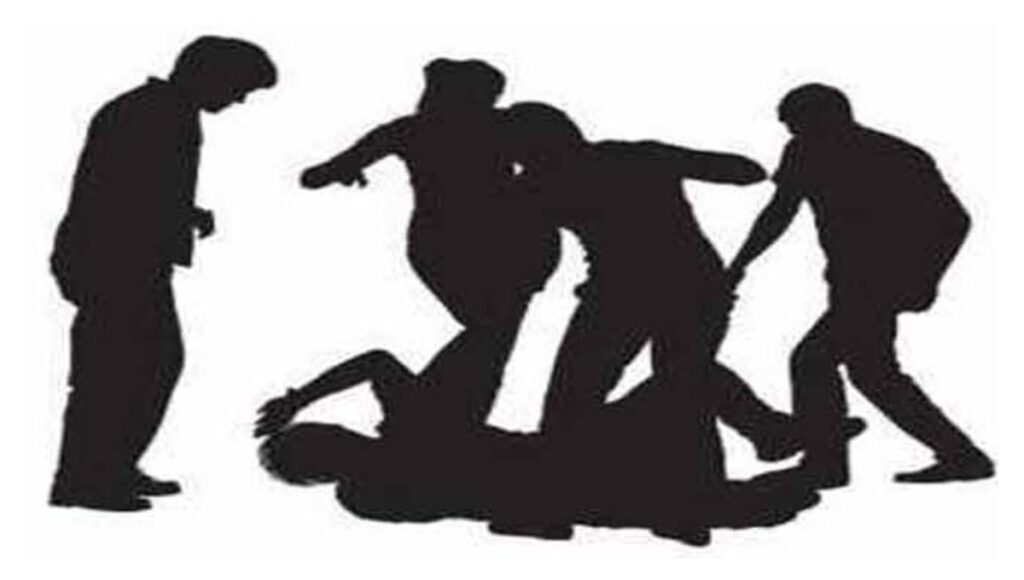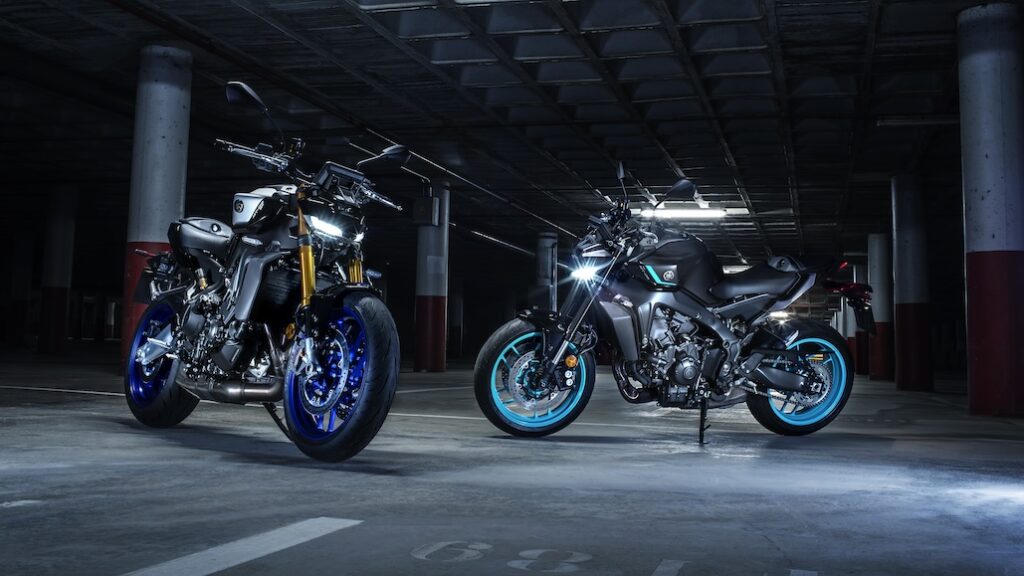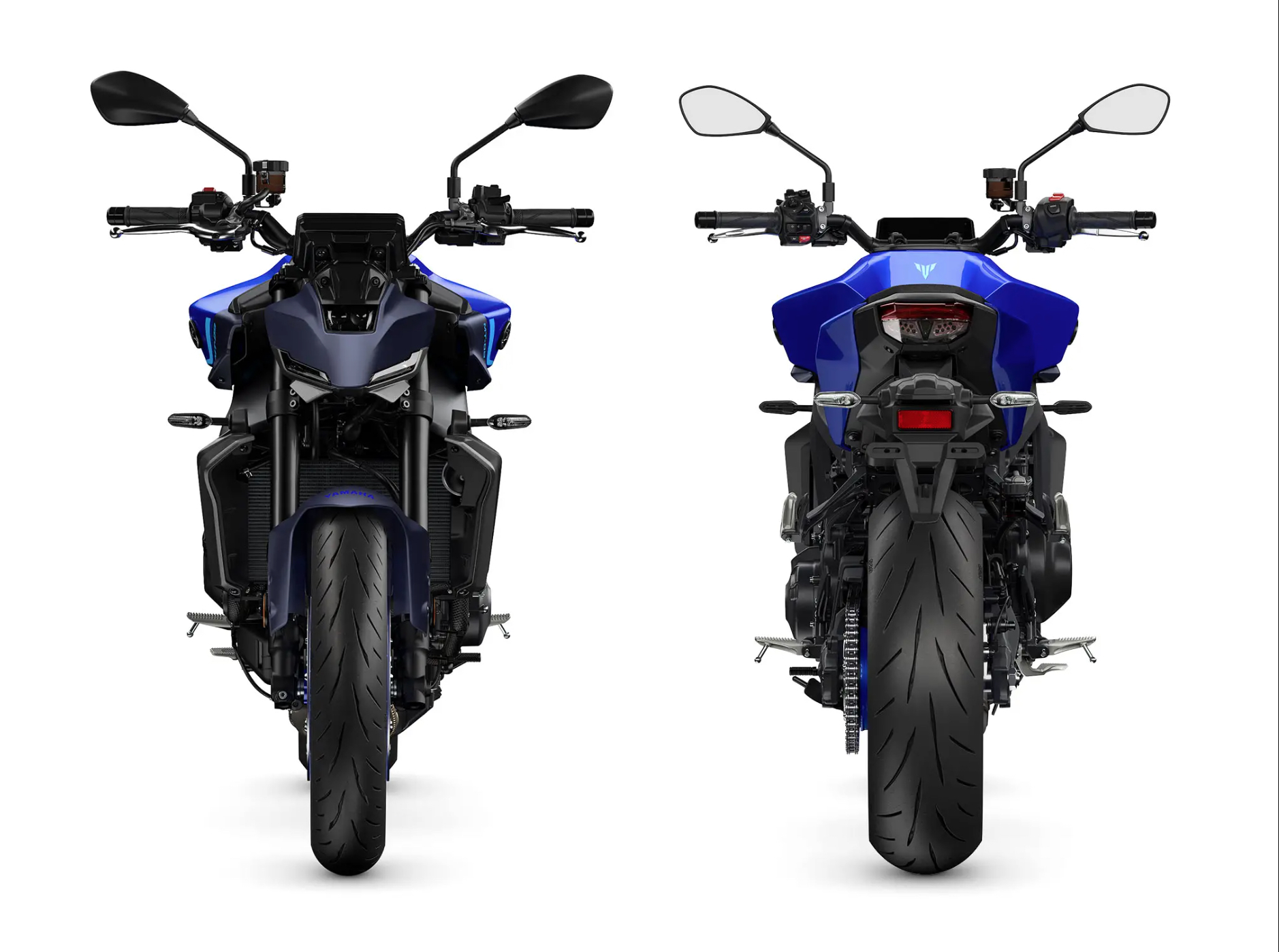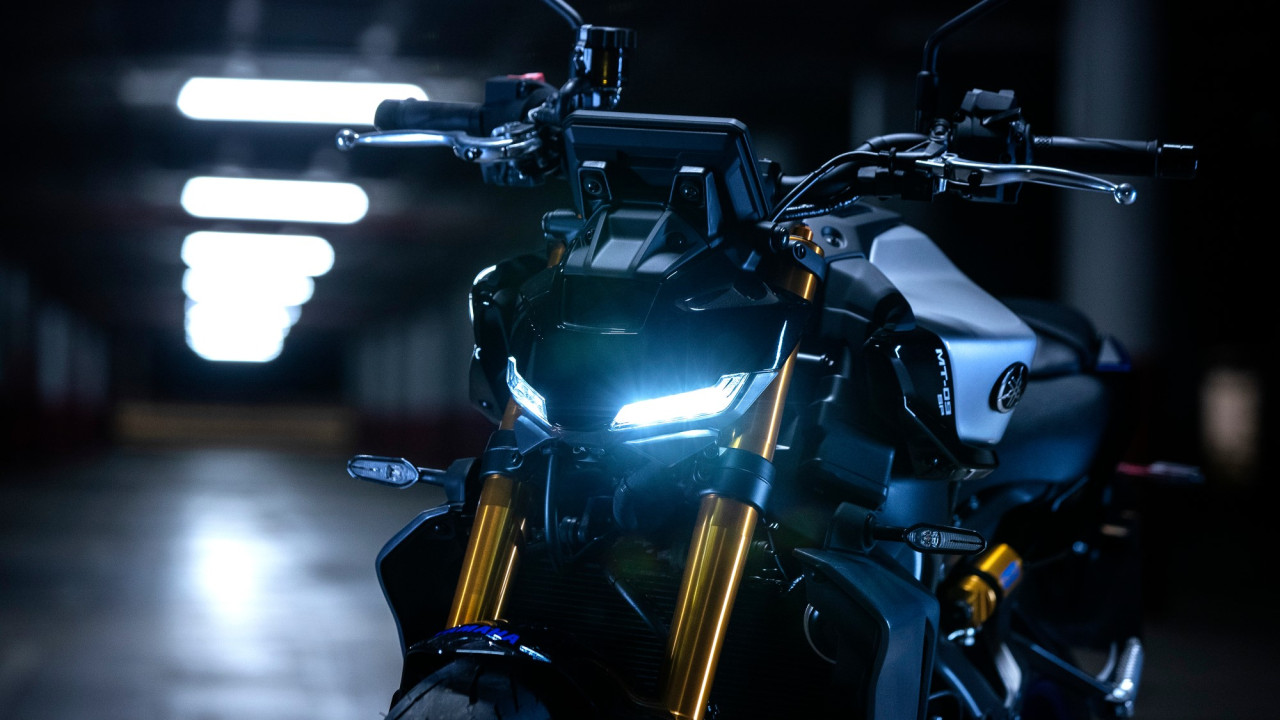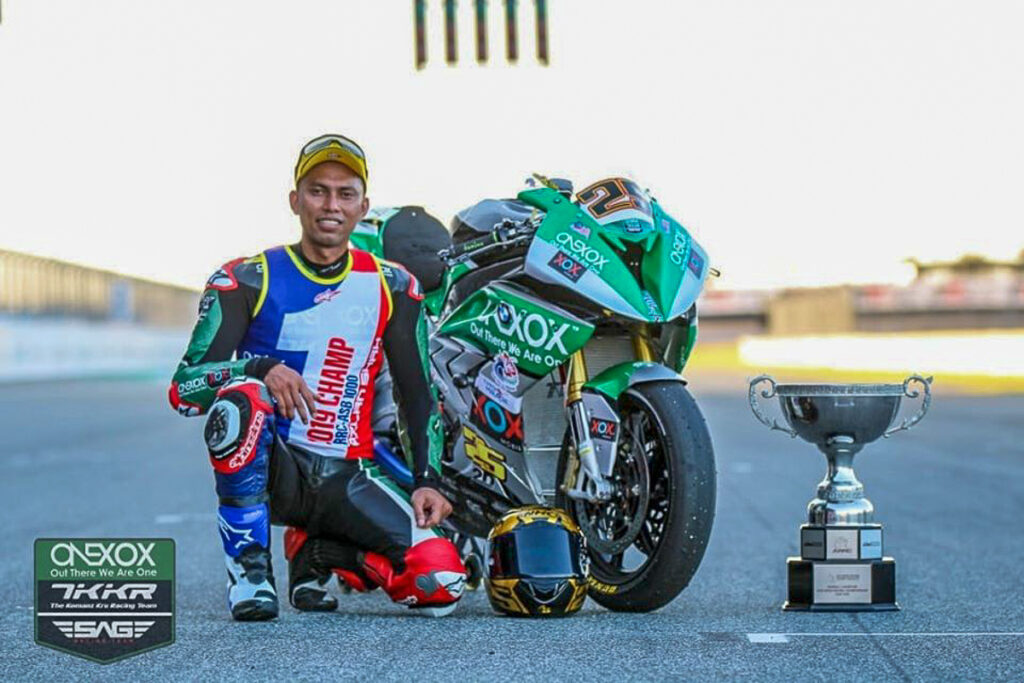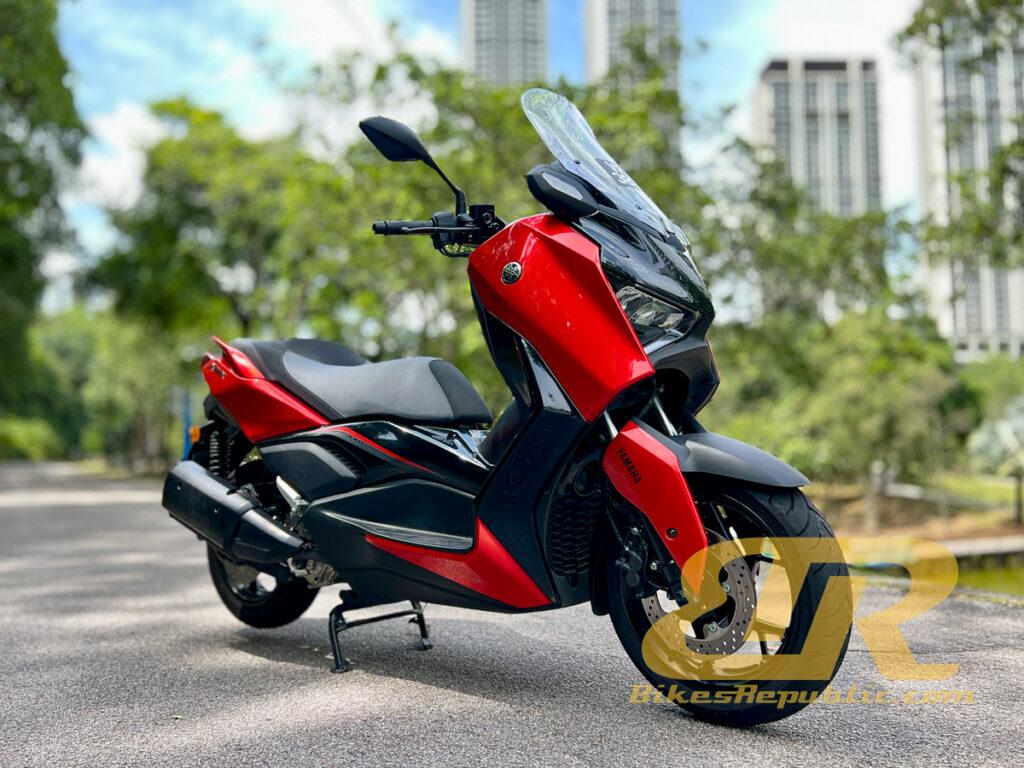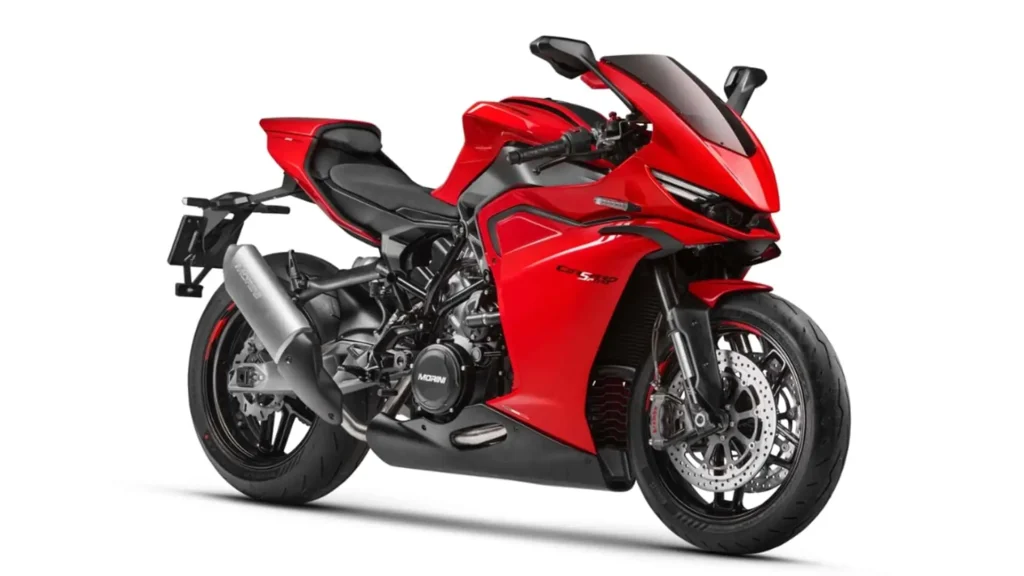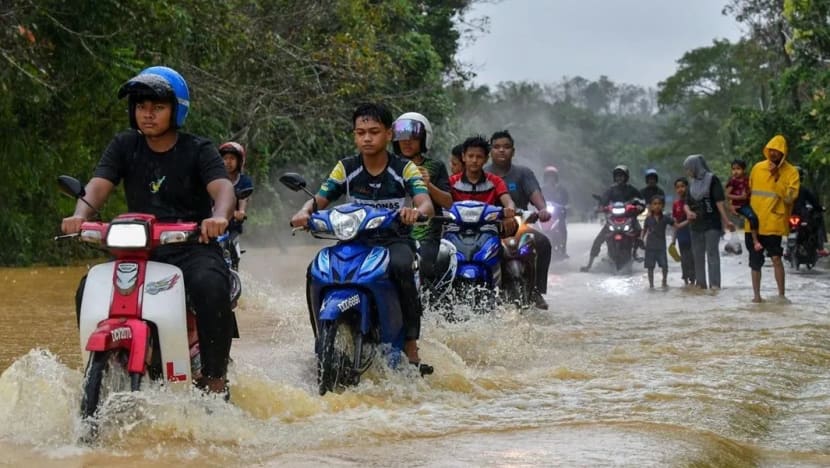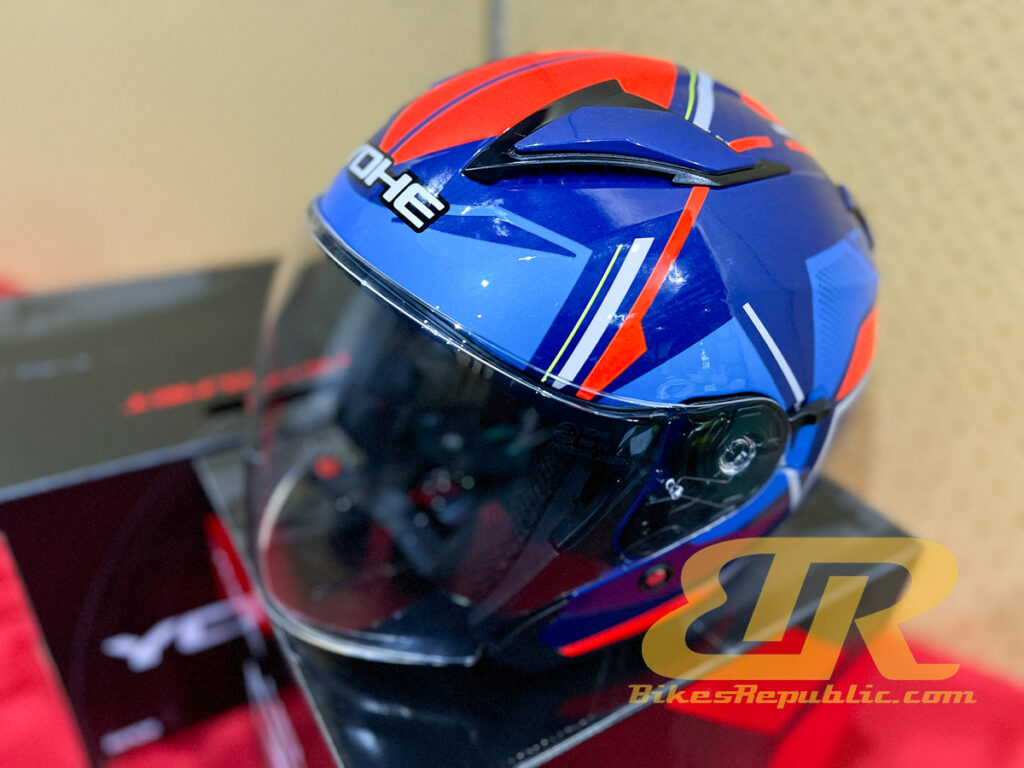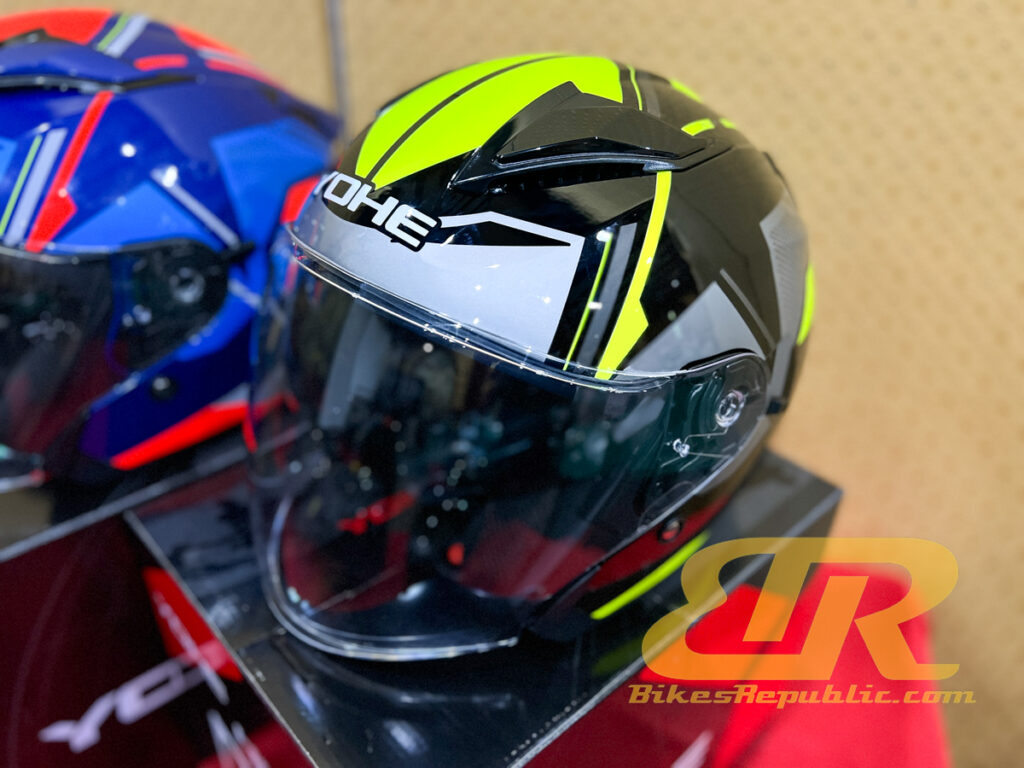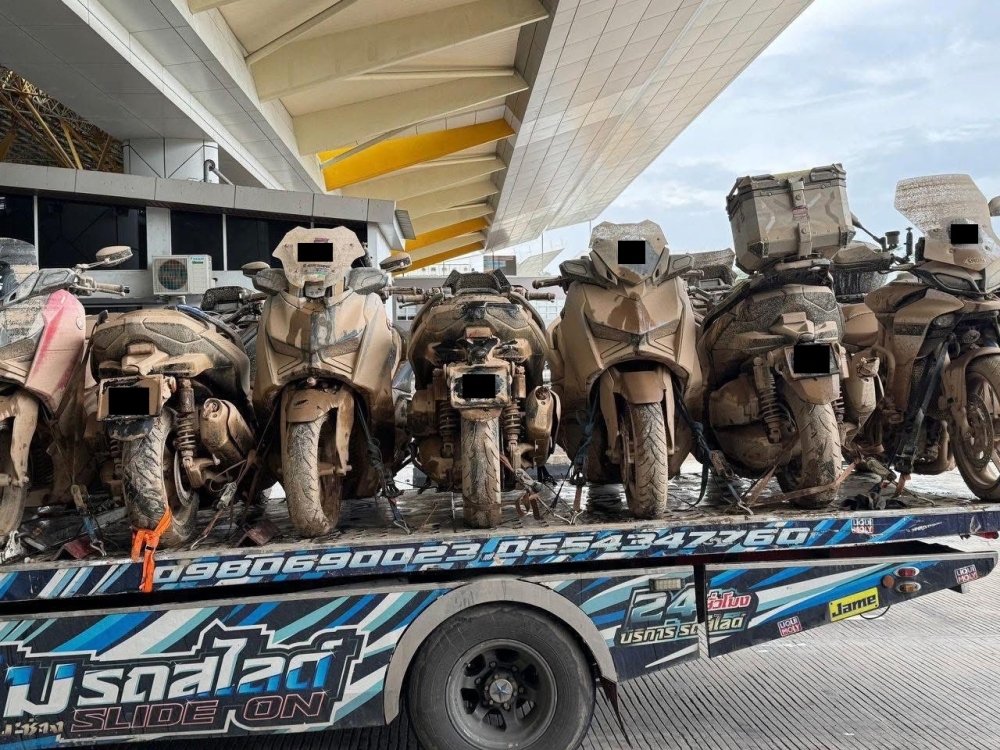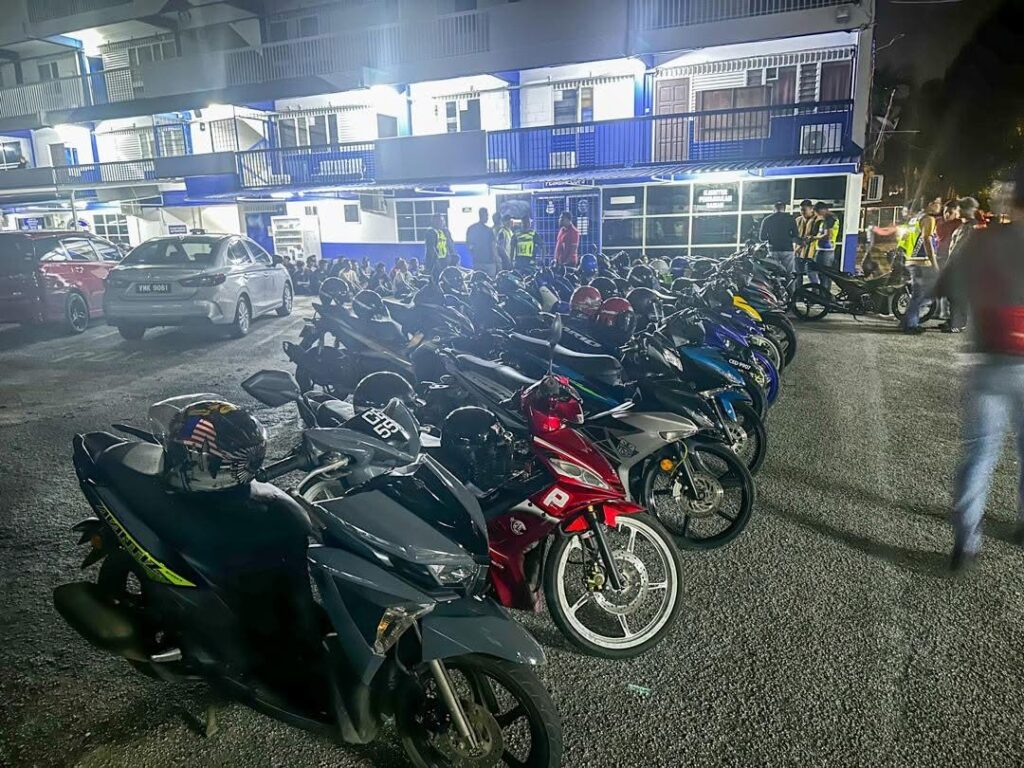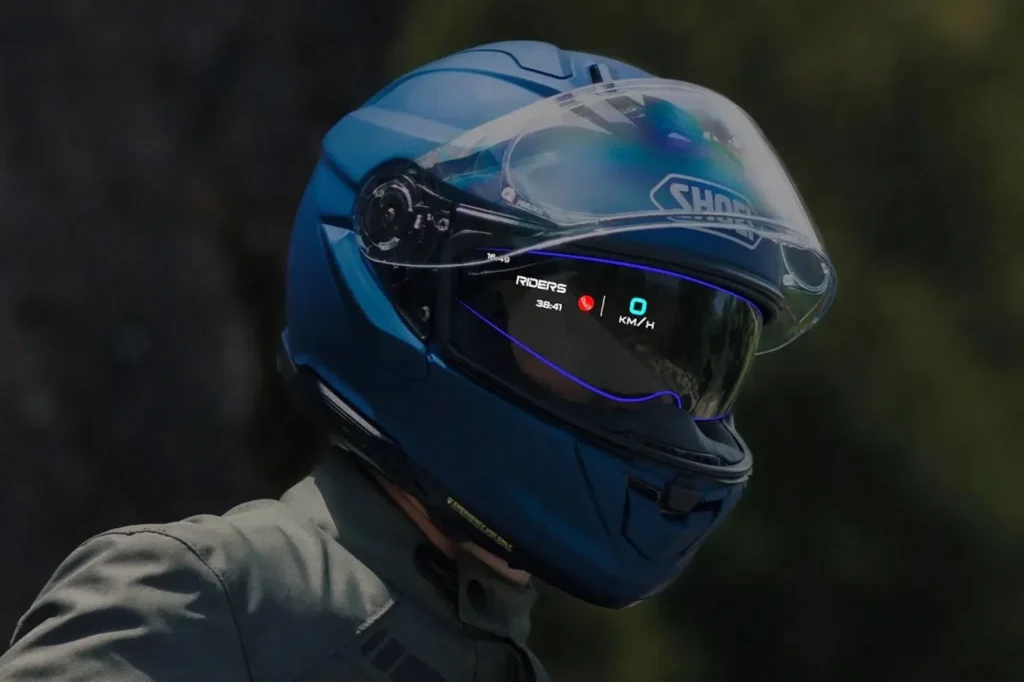Jabatan Meteorologi Malaysia (MetMalaysia) telah mengeluarkan amaran gelombang panas. Menurut mereka, suhu di 12 kawasan dijangka mencecah 37 darjah Celsius, sekurang-kurangnya untuk 3 hari berturut-turut.
MetMalaysia, menerusi satu ciapan dalam laman Facebook mereka, berkata kawasan-kawasan tersebut adalah di Perlis dan juga Kedah. Antaranya ialah Pulau Langkawi, Kubang Pasu, Kota Setar, Pokok Sena, Pendang, Padang Terap Sik, Baling, and Kulim.
Kawasan-kawasan lain ialah Kuala Kangsar in Perak, and Beaufort in Sabah.
Suhu di kawasan-kawasan yang tidak disenaraikan dijangka akan mencecah maksimum di bawah 35-darjah Celsius.
Oleh itu, sila ambil langkah-langkah berjaga-jaga apabila menunggang ketika gelombang panas:
Hidrasi
Dehidrasi (kekurangan air di dalam badan) akan membuat anda mengantuk, dan menyebabkan sakit kepala dan badan. Anda juga akan mula hilang fokus apabila anda menunggang. Jadi, teruskan minum air, jus buah-buahan (tanpa gula), dan minuman isotonik (dengan sederhana). Jauhi minuman ringan berkarbonat.
Pakaian yang betul
Pakai jaket mesh (berjaring) dan seluar menunggang motosikal yang berventilasi. Ya, and masih akan rasa panas apabila berhenti tetapi sekurang-kurangnya badan anda dilindungi. Selain itu, pakai topi keledar yang memberikan banyak aliran udara seperti jenis sport-touring jika anda lebih suka jenis full-face.
Sejukkan badan
Jika anda menunggang jarak jauh, berhenti apabila anda berasa mengantuk. Kemudian basahkan baju anda dan pakaikan untuk mengekalkan kesejukan. Kaedah lain ialah dengan membasahkan balaclava anda dan memakainya. Udara sejuk di muka anda akan membuatkan anda terjaga. Begitu juga, anda juga boleh membasahkan sehelai kain atau pakaian dan lilitkan di leher anda seperti selendang.
Berhenti!
Berhentilah seberapa kerap yang anda perlukan kerana ia lebih merbahaya jika anda mendesak untuk terus menunggang semasa anda berasa mengantuk. Berehat sebentar, minum air dan makan makanan ringan yang memberikan tenaga yang tinggi (jauhi makanan pedas dan berminyak).


